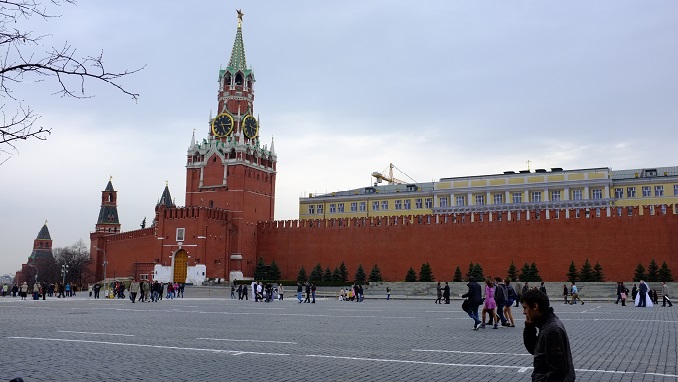One of the world’s largest shipbuilders, Korea’s Samsung Heavy Industries will probably sweep orders from Russia for ice-breaking LNG carriers to be used for the Yamal LNG project, Business Korea reports.
Energy company Novatek recently asked the Russian government to approve its plan to place an order for 10 additional icebreaking LNG carriers worth $3 billion on an overseas shipyard. If the government approves the scheme, the number of LNG carriers to be used for Russia’s Arctic LNG project will increase to 25, including the 15 units that will be built by state-run shipyard Zvezda. The Russian government allowed Zvezda to build the 15 units jointly with a foreign partner, which is required to transfer its technology to the Russian shipbuilder.
Zvezda selected Samsung Heavy Industries as its design partner and placed an order for five vessels ($1.5 billion) on it in November 2019. Once completed, the five ships will transport 19.8 million tons of LNG a year from gas fields on the Gyda Peninsula in the Arctic Circle.
Icebreakers can move forward, breaking layers of ice more than two meters thick under extreme conditions of minus 52 degrees Celsius. Advanced technologies are required to build these vessels, such as cold protection design as well as propulsion systems for icebreaking at the front and back end of a vessel. An icebreaker costs about $300 million per unit. With this technology, Samsung Heavy Industries built three units of the industry’s first two-way ice-breaking oil tankers for Russia’s Soveclot in 2009.
In 2014, Russia signed a lump-sum contract with Daewoo Shipbuilding & Marine Engineering (DSME) in Korea to build all 15 icebreaking LNG carriers for the first Yamal project. This time, Zvezda is highly likely to make a similar contract with Samsung Heavy Industries, Business Korea writes.
If Samsung Heavy Industries succeeds in landing the entire icebreaking LNG carrier order for the second Yamal Project, the shipbuilder’s total orders for such vessels are expected to hit $8 billion, which slightly exceeds the shipbuilders’ order target of $7.8 billion for 2019.



